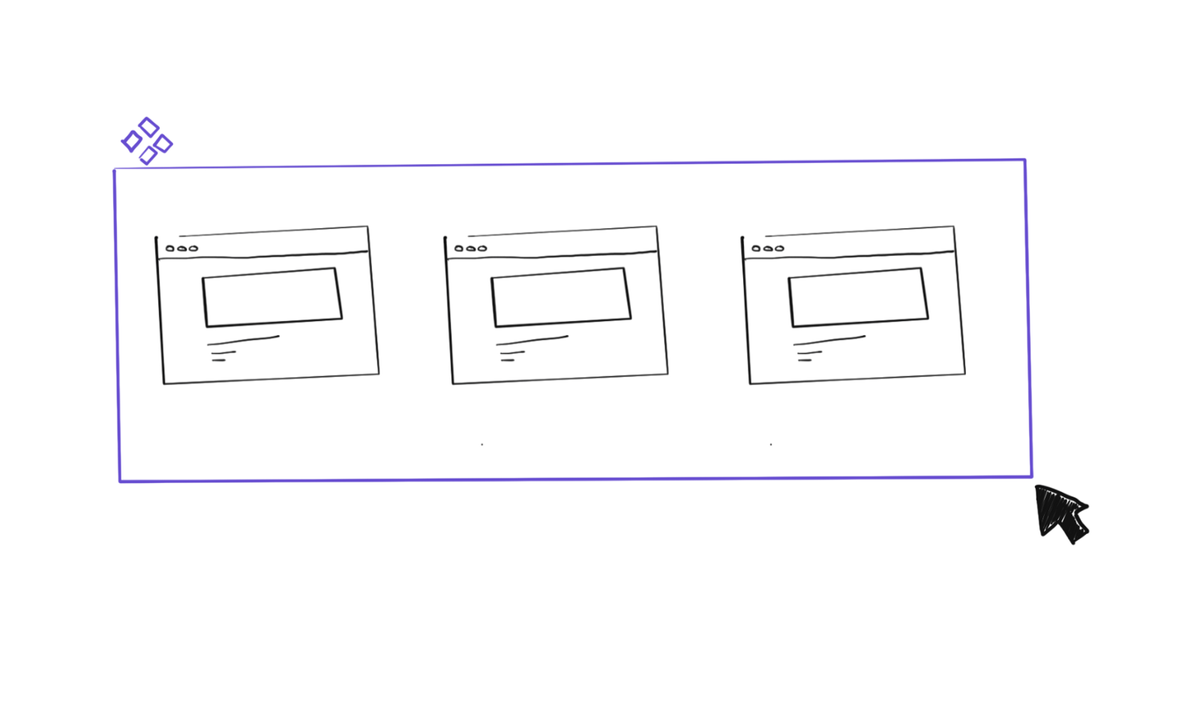Speed, Consistency, and Scalability: The 3 Pillars of Design Systems
One of the most essential parts when trying to get organizational buy-in for a design system initiative is articulating the benefits it will bring to the business.

The three main benefits of design systems
Just like a set of LEGO bricks, a Design System will provide your team with a limited number of components with shared characteristics.
Those components can be arranged and swapped to build new features that weren’t even on the map when the system was created.
We can summarize the advantages of a company-wide design system into three categories:
- Consistency
- Scalability
- Speed
Consistency, Scalability, and Speed — or CSS, to make it more memorable— translates into efficiency gains and greater competitiveness.
Consistency
When a product experience is consistent, the user knows what to expect.
The interface becomes familiar and easier to understand.
As users interact with a product, they form a conceptual model that helps them make sense of how it works:
"What makes something simple or complex? It's not the number of dials or controls or how many features it has: Whether the person using the device has a good conceptual model of how it operates."― The Design of Everyday Things, Donald A. Norman.
Consistency and the right affordances speed up the formation of conceptual models.
When you add or modify features that don't match the user's previous conceptual model, they'll be confused or frustrated, and they might churn,
Consistency is good for adoption and retention but also for cost efficiency.
If product designers and developers work with the same components, flows, and patterns, they minimize the likelihood of introducing bugs that are inherent to new pieces of software.
Scalability
As your company grows, it becomes challenging to keep things consistent.
New joiners will bring their ideas, and you'll need a centralized place for them to use as reference and keep things aligned.
A well-documented design system will help you keep product patterns and UI consistent across multiple departments, even — and especially— during periods of hyper-growth.
Being able to create new pages, flows, and features without worrying about consistency makes it easier to onboarding new designers.
With a design system in place, there’s less back on forth on basic questions about layouts and looks which shortens onboarding times, and allows everyone to focus on the actual experience.
Speed
Designers and developers spend a significant portion of their productive time repeatedly creating and recreating the same components.
Having standardized components and patterns significantly reduces production time because designers and developments don't have to start from scratch every time.
This speed is also beneficial for the actual user experience. As we mentioned before, designers don't have to waste time creating components, and instead, they have time to think through problems more deeply, improving the quality of their proposed solutions.
The design system will accelerate the rate of iteration. Since components are swappable, changes happen much quicker which increases your team's velocity.